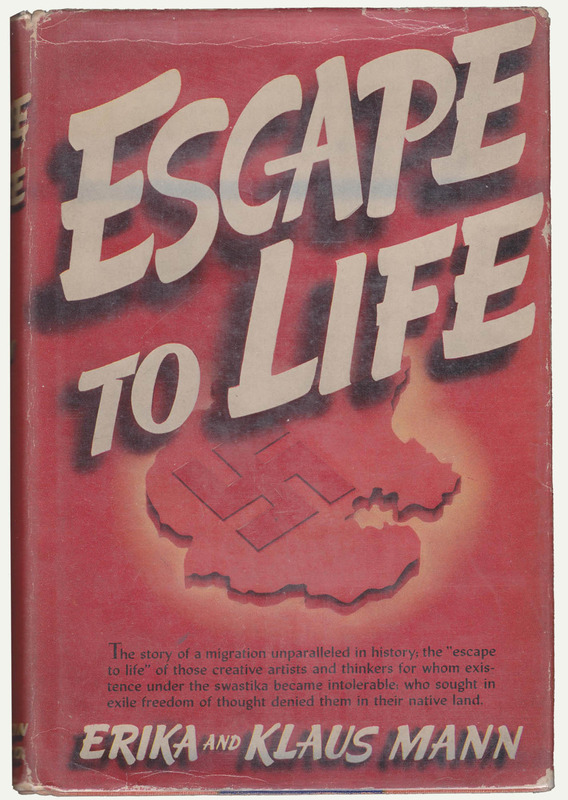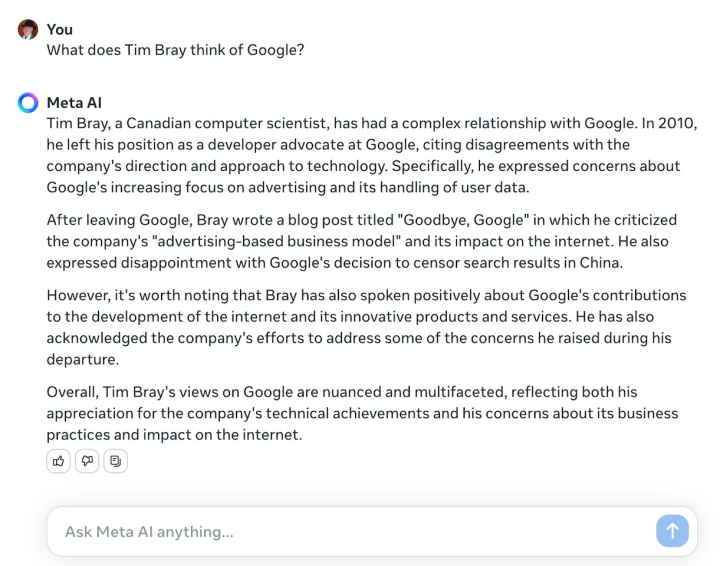Review: The Stars, Like Dust, by Isaac Asimov
| Series: |
Galactic Empire #2 |
| Publisher: |
Fawcett Crest |
| Copyright: |
1950, 1951 |
| Printing: |
June 1972 |
| Format: |
Mass market |
| Pages: |
192 |
The Stars, Like Dust is usually listed as the first book in
Asimov's lesser-known Galactic Empire Trilogy since it takes place before
Pebble in the Sky. Pebble in the
Sky was published first, though, so I count it as the second book. It is
very early science fiction with a few mystery overtones.
Buying books produces about 5% of the pleasure of reading them while
taking much less than 5% of the time. There was a time in my life when I
thoroughly enjoyed methodically working through a used book store, list in
hand, tracking down cheap copies to fill in holes in series. This means
that I own a lot of books that I thought at some point that I would want
to read but never got around to, often because, at the time, I was feeling
completionist about some series or piece of world-building. From time to
time, I get the urge to try to read some of them.
Sometimes this is a poor use of my time.
The Galactic Empire series is from Asimov's first science fiction period,
after the Foundation series but contemporaneous with their
collection into novels. They're set long, long before Foundation,
but after humans have inhabited numerous star systems and Earth has become
something of a backwater. That process is just starting in The
Stars, Like Dust: Earth is still somewhere where an upper-class son might
be sent for an education, but it has been devastated by nuclear wars and
is well on its way to becoming an inward-looking relic on the edge of
galactic society.
Biron Farrill is the son of the Lord Rancher of Widemos, a wealthy noble
whose world is one of those conquered by the Tyranni. In many other SF
novels, the Tyranni would be an alien race; here, it's a hierarchical and
authoritarian human civilization. The book opens with Biron discovering a
radiation bomb planted in his dorm room. Shortly after, he learns that
his father had been arrested. One of his fellow students claims to be in
Biron's side against the Tyranni and gives him false papers to travel to
Rhodia, a wealthy world run by a Tyranni sycophant.
Like most books of this era, The Stars, Like Dust is a short novel
full of plot twists. Unlike some of its contemporaries, it's not devoid
of characterization, but I might have liked it better if it were. Biron
behaves like an obnoxious teenager when he's not being an arrogant ass.
There is a female character who does a few plot-relevant things and at no
point is sexually assaulted, so I'll give Asimov that much, but the gender
stereotypes are ironclad and there is an entire subplot focused on what I
can only describe as seduction via petty jealousy.
The writing... well, let me quote a typical passage:
There was no way of telling when the threshold would be reached.
Perhaps not for hours, and perhaps the next moment. Biron remained
standing helplessly, flashlight held loosely in his damp hands. Half
an hour before, the visiphone had awakened him, and he had been at
peace then. Now he knew he was going to die.
Biron didn't want to die, but he was penned in hopelessly, and there
was no place to hide.
Needless to say, Biron doesn't die. Even if your tolerance for pulp
melodrama is high, 192 small-print pages of this sort of thing is
wearying.
Like a lot of Asimov plots, The Stars, Like Dust has some of the
shape of a mystery novel. Biron, with the aid of some newfound companions
on Rhodia, learns of a secret rebellion against the Tyranni and attempts
to track down its base to join them. There are false leads, disguised
identities, clues that are difficult to interpret, and similar classic
mystery trappings, all covered with a patina of early 1950s imaginary
science. To me, it felt constructed and artificial in ways that made the
strings Asimov was pulling obvious. I don't know if someone who likes
mystery construction would feel differently about it.
The worst part of the plot thankfully doesn't come up much. We learn
early in the story that Biron was on Earth to search for a long-lost
document believed to be vital to defeating the Tyranni. The nature of
that document is revealed on the final page, so I won't spoil it, but if
you try to think of the stupidest possible document someone could have
built this plot around, I suspect you will only need one guess. (In
Asimov's defense, he blamed Galaxy editor H.L. Gold for persuading
him to include this plot, and disavowed it a few years later.)
The Stars, Like Dust is one of the worst books I have ever read.
The characters are overwrought, the politics are slapdash and build on
broad stereotypes, the romantic subplot is dire and plays out mainly via
the Biron egregiously manipulating his petulant love interest, and the
writing is annoying. Sometimes pulp fiction makes up for those common
flaws through larger-than-life feats of daring, sweeping visions of future
societies, and ever-escalating stakes. There is little to none of that
here. Asimov instead provides tedious political maneuvering among a class
of elitist bankers and land owners who consider themselves natural
leaders. The only places where the power structures of this future
government make sense are where Asimov blatantly steals them from either
the Roman Empire or the Doge of Venice.
The one thing this book has going for it — the thing, apart from
bloody-minded completionism, that kept me reading — is that the technology
is hilariously weird in that way that only 1940s and 1950s science fiction
can be. The characters have access to communication via some sort of
interstellar telepathy (messages coded to a specific person's "brain
waves") and can travel between stars through hyperspace jumps, but each
jump is manually calculated by referring to the pilot's (paper!) volumes of
the Standard Galactic Ephemeris. Communication between ships (via
"etheric radio") requires manually aiming a radio beam at the area in
space where one thinks the other ship is. It's an unintentionally
entertaining combination of technology that now looks absurdly primitive
and science that is so advanced and hand-waved that it's obviously made
up.
I also have to give Asimov some points for using spherical coordinates.
It's a small thing, but the coordinate systems in most SF novels and TV
shows are obviously not fit for purpose.
I spent about a month and a half of this year barely reading, and while
some of that is because I finally tackled a few projects I'd been putting
off for years, a lot of it was because of this book. It was only 192
pages, and I'm still curious about the glue between Asimov's
Foundation and Robot series, both of which I devoured as a
teenager. But every time I picked it up to finally finish it and start
another book, I made it about ten pages and then couldn't take any more.
Learn from my error: don't try this at home, or at least give up if the
same thing starts happening to you.
Followed by The Currents of Space.
Rating: 2 out of 10





